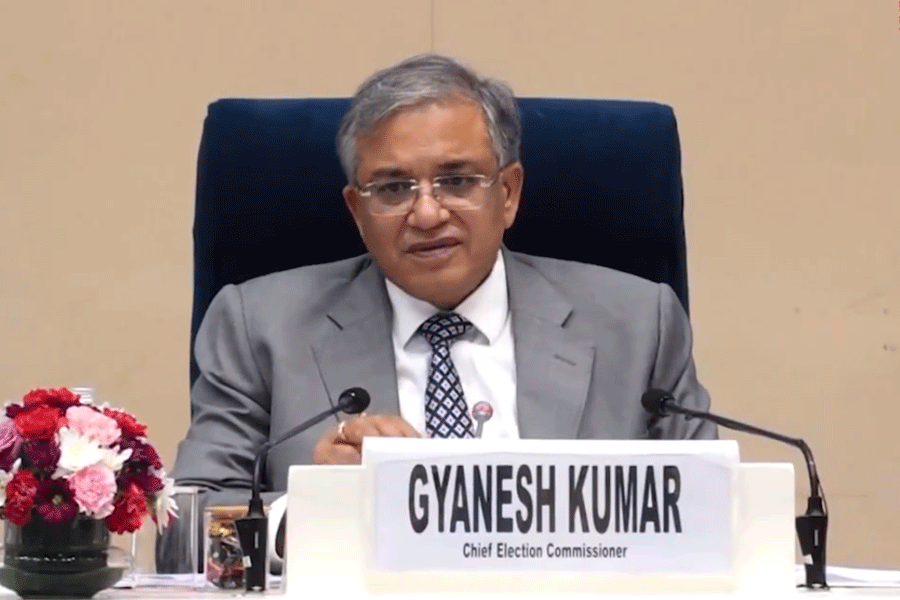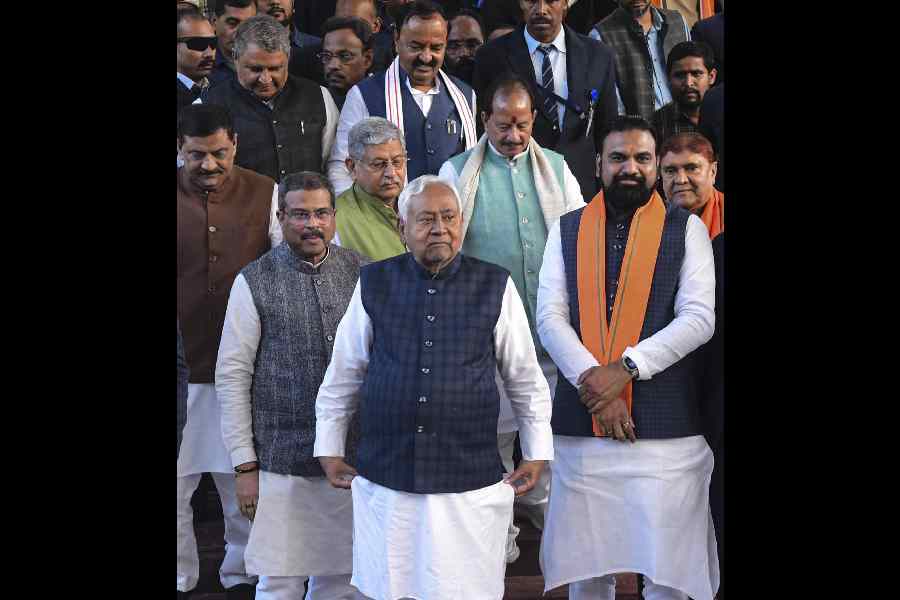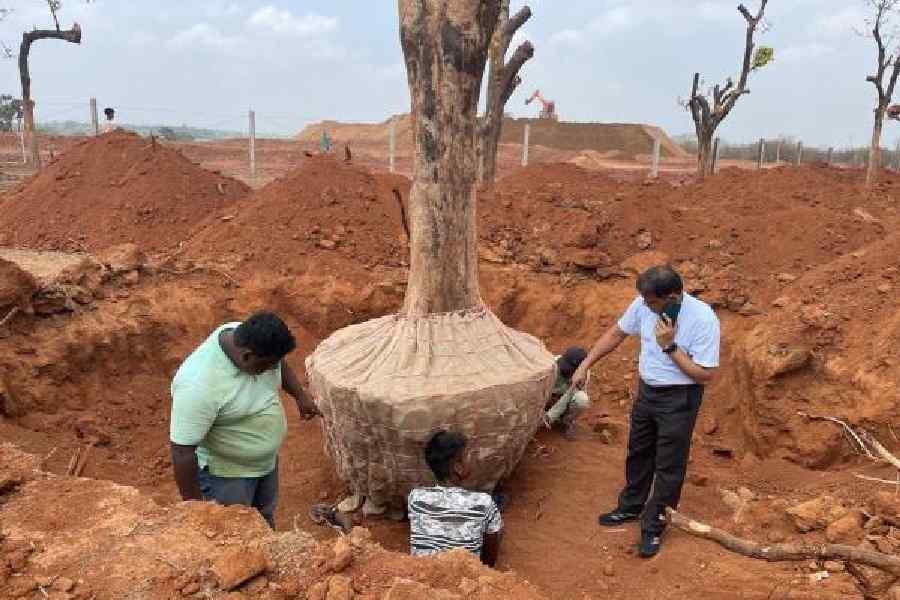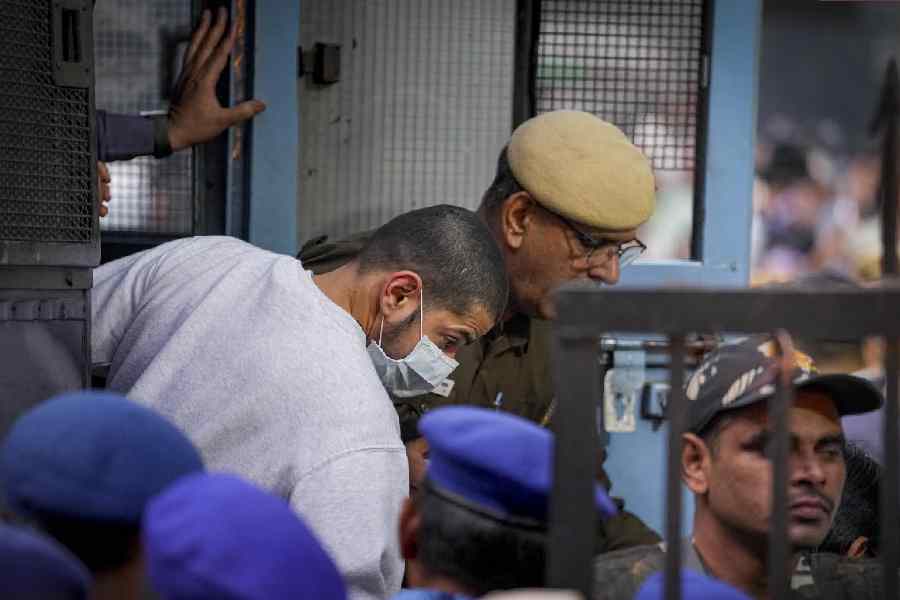As India’s coronavirus count crossed 3,000 on Saturday, the Union health ministry outlined measures to be implemented by the districts and the states to prevent large outbreaks or multiple clusters within specific areas from spreading the virus beyond their perimeters.
A “Containment Plan for Large Outbreaks” released by the ministry has listed the expected actions from district authorities, surveillance teams and healthcare institutions in areas with large outbreaks or multiple clusters that might go under geographic quarantine.
The plan defines a large outbreak as a “localised increase” in the number of Covid-19 patients within an area — a village, town or city. Geographic quarantine will also apply to areas with multiple clusters that could emerge as the outbreak expands.
Health authorities had until 6pm on Saturday recorded 525 fresh Covid-19 cases overnight that have raised the country’s total count to 3,072, scattered across 30 states and Union Territories.
As many as 213 patients have recovered and 75 have died.
Tamil Nadu had the highest number of “active” Covid-19 cases on Saturday with 404 patients in hospitals, followed by Delhi (372), Maharashtra (362), Kerala (252) and Rajasthan (176).
The disease patterns observed in India reflect those in other countries, with around 81 per cent of the patients showing mild symptoms, 15 per cent requiring significant hospital care and 4 per cent requiring critical care or ventilator support.
The state administrations will define the perimeters of the areas under geographic quarantine. The health ministry has recommended surveillance for influenza-like-illness (ILI) and severe acute respiratory illness (SARI) throughout the areas under geographic quarantine and their adjoining districts.

Public health specialists have underlined that the faster a cluster is detected, the easier it will be to contain the virus within the affected area.
“Quick detection will depend on testing strategies,” said Oomen John, a public health expert with The George Institute for Public Health, New Delhi.
States with strong district-level surveillance units are likely to detect clusters faster. “Strong surveillance is like efficient smoke detectors --– they pick up smoke early and douse any fire before it gets large,” John said.
The plan also calls for strict control to prevent unchecked outward movements of people from the containment zone except for “maintaining essential services, including medical emergencies and government business continuity”.
The health ministry’s disease surveillance staff will be responsible for following up on anyone who moves out of the perimeter. Those who enter the geographic quarantined areas would be given a dose of hydrochloroquine as a preventive agent.
Public health experts and virologists say the Covid-19 epidemic in India appears poised on the brink of a scenario described by the health ministry as: “Large outbreaks amenable to containment.”
However, virologists and other researchers have also cautioned that the geographic quarantine -– like the 21-day lockdown -– will not eliminate the virus.
“Evidence from around the world suggests that this virus is not amenable to containment,” said T. Jacob John, emeritus professor at the Christian Medical College, Vellore. “Transmission will slow down when a large proportion of the population has become immune.”
John and other experts asserted that the lockdown and geographic quarantine were intended to slow down the spread of the virus so that healthcare facilities do not get overwhelmed by a surge of patients.










